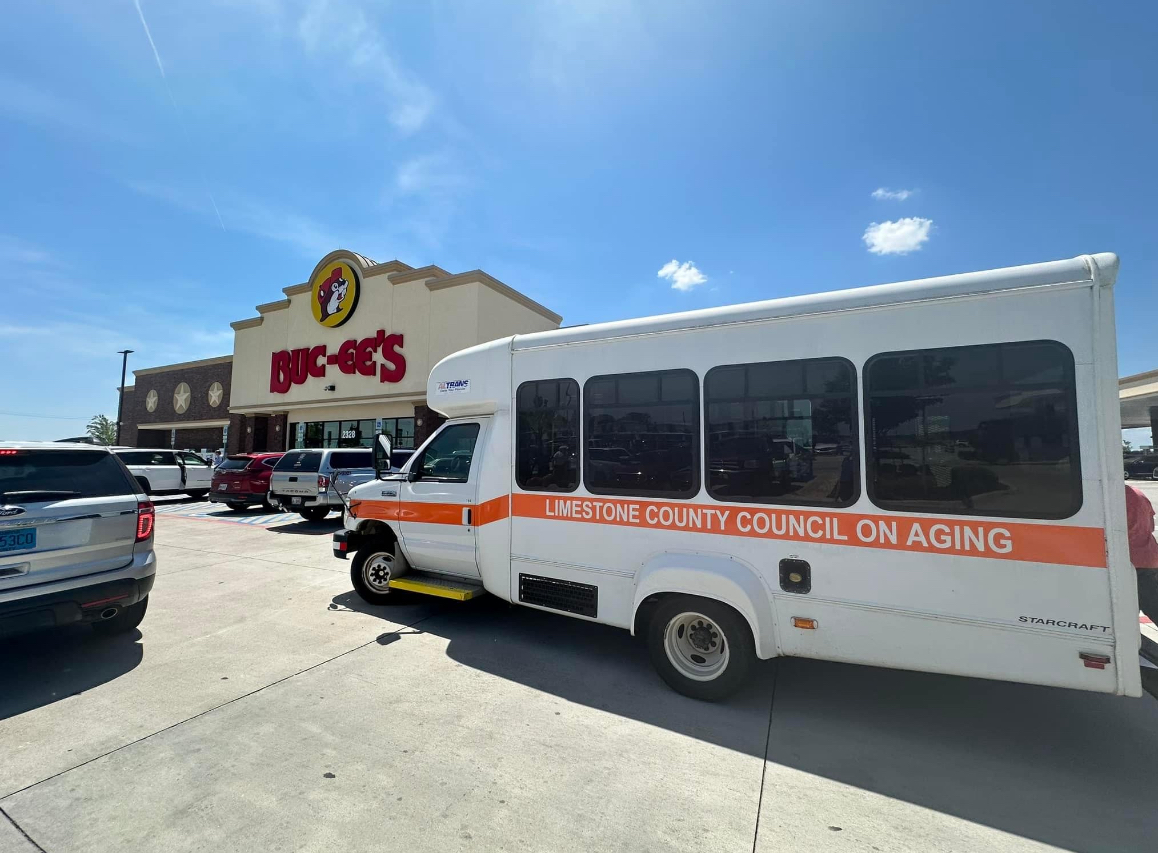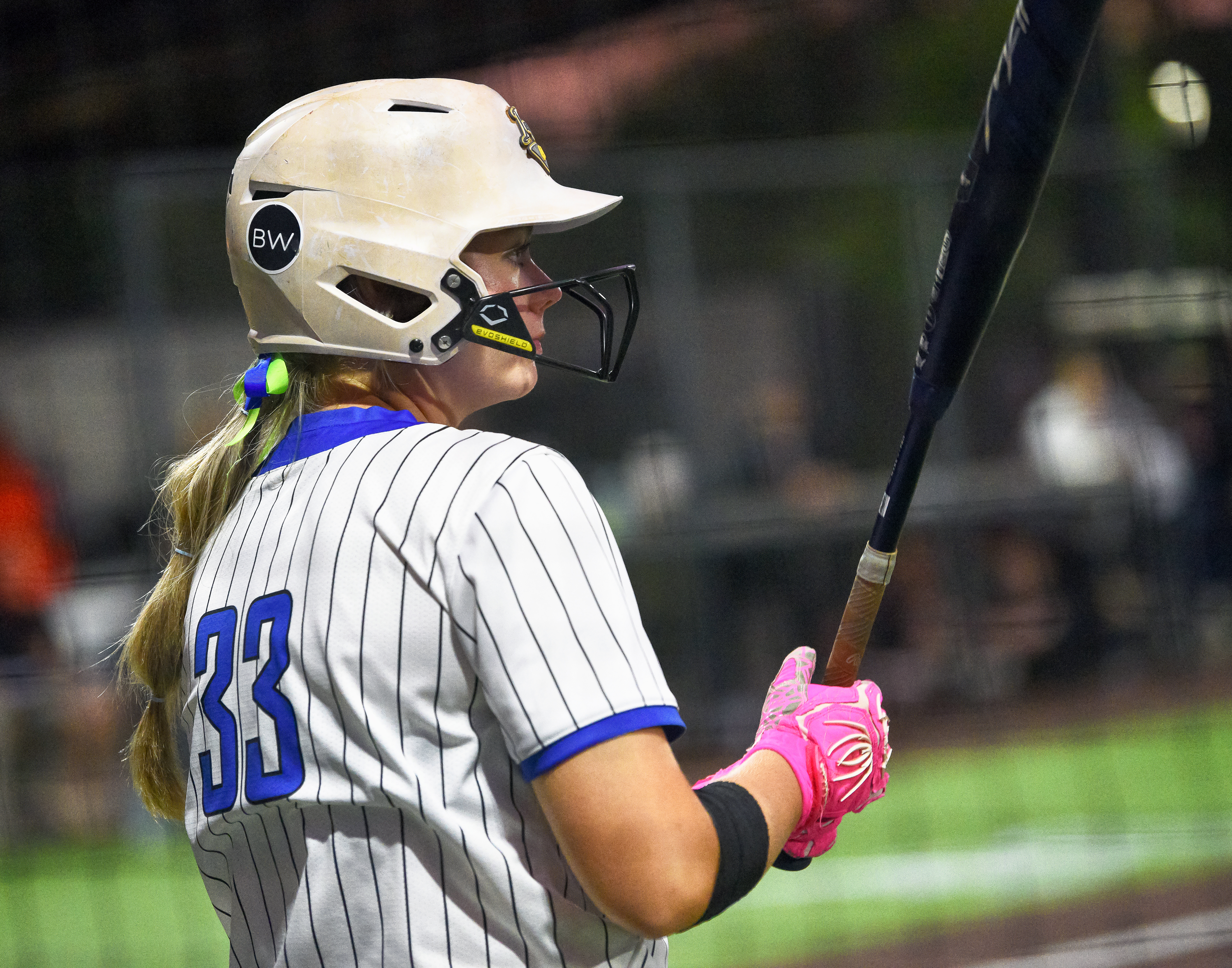Angus jury deadlocked
Published 8:51 pm Thursday, August 17, 2006
The jury deciding the fate of accused murder-for-hire defendant Mark Anthony Angus sent word it was deadlocked Thursday night after nearly five hours of deliberation.
Limestone County Circuit Judge Robert Baker praised the jury for their “hard work” and released them for the night with admonitions not to discuss the case, read news accounts or watch broadcasts of trial coverage.
Angus was charged on a three-count indictment for capital murder for hire, capital murder during the commission of first-degree burglary and committing burglary while armed with dangerous weapon in the Nov. 12, 2003, shooting death of Michael Bryant.
Co-defendant James Duncan testified in the opening day of the trial Tuesday that Angus hired him and Josh Southwick to kill Bryant because he believed that Bryant burglarized his home and stole two rifles some three weeks before. Duncan said that Angus promised them a car and $500 each to do the job.
Duncan said that Angus furnished the pair with a 9mm Ruger and 9mm vintage Browning. Sheriff’s Chief Investigator Stanley McNatt had testified that the Browning was untraceable because of its age, but the Ruger had been traced from the manufacturer, through several owners and up to January 2003, when it was stolen in a burglary. McNatt said investigators had never been able to trace the gun to Angus.
Before the defense rested Thursday, attorneys Bob Massey of Pulaski, Tenn., and Marc Sandlin of Huntsville called former Alabama Department of Forensic Science legal counsel Lawden Yates to the stand. Yates, who now is in private practice, worked as a consultant to state forensics in the area of “bunter marks.”
Bunter marks are the marks produced by a bunter, or head-stamping, tool when a bullet is manufactured. This tool imprints the manufacturer’s name and bullet’s caliber on the cartridge casing. It is possible to match bunter marks and determine which bunter made them.
In earlier testimony, District Attorney Kristi Valls had called Department of Forensic Science firearms examiner Tammie Ricketts to the stand. Ricketts testified that seized unspent CVC brand cartridges from Angus’s home bore the same manufacturer’s bunter tool marks as those recovered from Bryant’s body and from the crime scene, and those on unspent cartridges in the magazines of the Ruger and Browning.
Ricketts also testified that ballistics tests showed that two of the recovered spent bullets had come from the Ruger and one from the Browning. An autopsy revealed that Bryant had been shot three times.
When Massey asked Yates if the bullets from the body and crime scene could “definitely” be matched, Yates said they could not.
“Bunter marks can’t be used to link because they can be used on a million cartridges,” said Yates. “Really, they are like a class of characteristics and not as specific as a bullet being matched to a gun.”
Under cross-examination by Valls, Yates clarified his statement in saying, “I’m saying that by itself, (bunter marks) has no significance.”
However, Valls cited publications by authorities in the field of bunter marks as saying the marks have been considered as “circumstantial “evidence in associating a bullet to a crime since 1997.
In closing arguments, Valls reminded jurors of the testimony of several witnesses who said that Angus was “angry” about the break-in of his house and was impatient with Ardmore Police and the sheriff’s department for not moving faster in apprehending the burglars and had offered to pay them to beat up Bryant.
Valls also scoffed at the idea put forth by defense attorneys and witnesses that the killers were hired by Huntsville strip club bouncer Keith George, with whom they lived. It was George who called the sheriff’s department 15 days after the killing and told investigators that Duncan and Southwick told him they had been hired by Angus to kill Bryant.
“If George was involved, wouldn’t (Duncan) have turned him in?” asked Valls. “Wouldn’t it be in James Duncan’s interest to sit there and tell the truth? Why would he protect Keith George?”
Massey said in the defense’s closing arguments that the state had not proved Angus hired the killers “beyond a reasonable doubt.” He cited the fact that no one had been called to testify from Midway Auto Auction, where the Mitsubishi used as payment for the crime was purchased. He said Angus could not be tied to the car.
Massey repeated inconsistencies in state testimony about how and where the contract terms were decided and the movements of the killers on the night of the crime. He emphasized that the gun could not be traced to Angus, nor was there any forensic evidence or witnesses other than the killers who could place him at the scene. He also said that of the numerous calls made from the killers after they fled to Arkansas, all were to George and none were to Angus.
After three hours of deliberation, the jury emerged to ask Baker to read to them the definition of “reasonable doubt.” After four hours of deliberation they asked for a larger, more detailed photo of the mobile home in which the shooting occurred. Baker said no such photo exists, and he could not supply them with anything that had not been previously introduced into evidence.
The jury was to resume deliberations today at 8:45 a.m.





